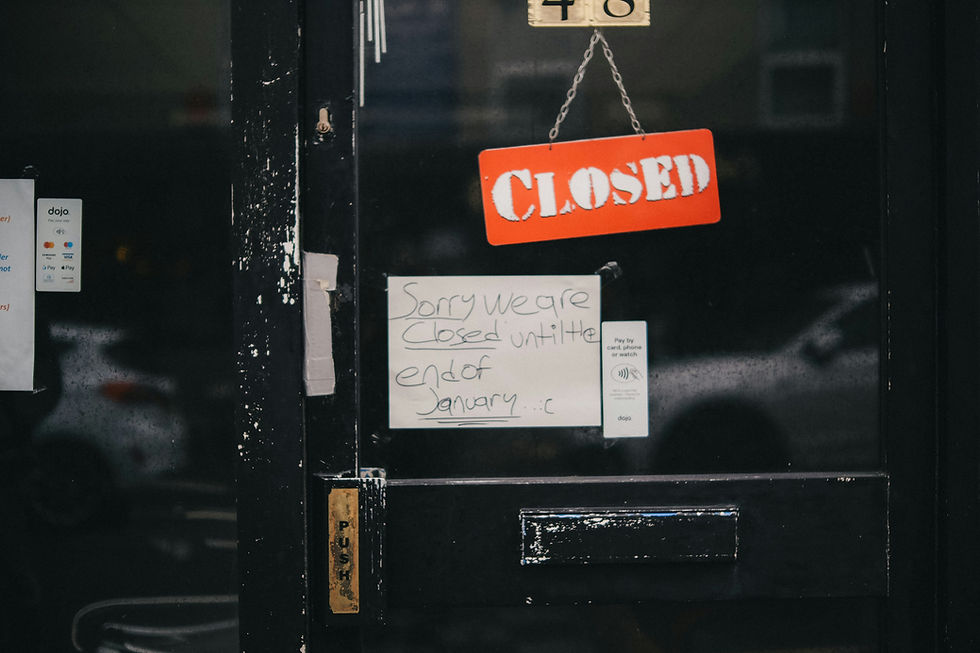The Architect’s Take: Affordability, Policy, and Design in Denver
- Catalyst Architecture
- Sep 11
- 4 min read
Updated: Oct 5

Mixed-income housing gets romanticized and vilified—often in the same meeting. To me, it’s both beautiful and messy, like the country we live in: a real melting pot of people and perspectives. The worst mistake is assuming how different income groups live instead of asking them.
“People are people at the basis of things. The basics are the same—safe entry, places to bump into neighbors, daylight, storage, and community.”
Where the differences show up is in unit size and luxury add-ons—features some call “basic” that are, in truth, luxuries. If we design around shared necessities and the way neighbors actually socialize, mixed-income becomes less of a buzzword and more of a working neighborhood.
Inclusionary Zoning: Good Intent, Missing Middle
In Denver, the intent is right—more affordable homes. But the way the affordable-housing fees hit the market has squeezed out middle-income projects. High-end deals can pay. Deeply affordable deals can pencil with subsidies. The middle—families with tight budgets or small developers on slim margins—often walks away.
My fix: scale the fee to project valuation so the smallest pro formas aren’t carrying the same load. If we want a thriving city, we can’t hollow out the workforce tier that keeps it running.
And yes, ADU reform helped. When the state required that single-family zones allow ADUs, it quietly created gentle, lot-by-lot mixed income without massive new infrastructure. A luxury home can rent to someone at a one-bedroom income level. It’s not a silver bullet, but it opens doors for ordinary owners who aren’t big developers.
“If I could change one rule tomorrow, I’d recalibrate the affordable-housing fee—because a city without the middle can’t function.”
Developers × City: The Stalemate of Time
Developers and cities are stuck in a tense partnership. In Denver, the pain point is simple: time kills the math. The city asks for mixed-income housing—often as mid- or high-rise projects that demand heavy front-end design and capital—then the permit phase stretches two to three times longer than a private pro forma can hold. Carry costs pile up, the deal stops penciling, and teams either walk away or look to a friendlier jurisdiction. It’s not that developers refuse affordability; it’s that they aren’t charities. Meanwhile, the city is right to protect citizens and insist on responsible design. All three forces—risk, timeline, politics—are in the mix. The fix isn’t magical; it’s a shared table where both sides agree on a path that gets housing built. No slogan required—just a clear calendar, fewer hoops, and an honest look at where the pro-forma breaks.
Adaptive Reuse Without Romance
True sustainability is a building that lasts. We’ve forgotten that. We try to force a century-old envelope to behave like new construction. That’s where reuse dies—on change-of-use triggers and cost cliffs. Keep the sound envelope and upgrade systems for safety and comfort. That approach saves carbon and money.
Sensory “before”: echoey floors, dusty light, cold drafts.Sensory “after”: the same brick breathing differently—quieter floors, warmer thresholds, controlled daylight.
History worth keeping is the stuff that’s proven itself in time—brick that holds heat, timber rhythms that calm a room. Let go without guilt: [your call—e.g., replica ornament vs. failing historic windows]. Tell me and I’ll lock the line.
Infill With Neighbors, Not At Them
On a Denver Square with Italianate cues, we added an ADU and a pool. Landmark review and neighborhood meetings led to step-backs and material cues—a modern interpretation that nodded to the district without costume-playing the past.
Other times, neighbor requests clash with the client and don’t actually improve the street. That’s when you explain the trade-offs and hold the line.
TOD Life Math (Not Theory)
Transit lowers costs when the network is robust and convenient. Denver’s getting there but isn’t there yet. You can reach main lines, but last-mile gaps shove you back into a car. My minimum bar for “TOD” is multiple modes within a short, safe, legible walk from your front door—not just a dot on a map.
One “Green” Move for Denver
Sustainability is contextual. In Denver’s sunny, dry climate, my one budget-constrained move is a cool (high-albedo) roof. It fights heat island and cuts cooling loads citywide. Solar is great too, but if I get one move, I start with the roof. I’d ban mandatory “green” roofs in arid cities—watering them doesn’t pencil environmentally, and dead vegetation in winter adds risk.
Preserve > Rebuild
Preserve when embodied carbon, displacement, or cultural value tip the scales. The best wins are quiet: tighten the envelope, fix drainage, reuse structure, keep water out. No ribbon-cutting—just another 30 years of life. RiNo’s warehouse-to-retail/office conversions are proof that modest systems + good stewardship can work.
Financing Shapes Form
You can often spot low-income projects: thin windows, fragile finishes—because the game is “what meets the requirement at the lowest cost.” The result is a durability problem more than an aesthetics problem.
Unlock: a public-private bulk-buy program for windows, doors, and cladding. Volume pricing lets teams specify longer-lasting systems without blowing budgets.
Policy To-Dos (Fast)
Scale affordability fees to project valuation (bring back the missing middle).
Time-bound permitting with shared consequences (the Middle Table).
Right-size change-of-use triggers for reuse.
Launch bulk-buy programs for durable, affordable materials.



